September is Animal Pain Awareness Month, which was established by the International Veterinary Academy of Pain Management. The intent of the campaign is to advocate for animals who are in either acute or chronic pain and spotlight different pain management treatments.
Another aspect of APAM is educating owners on ways to recognize when their pet is in pain, which can be rather difficult. There’s a good chance that your pooch won’t allow you to be privy to the fact that he's suffering.
“From an evolutionary standpoint, dogs who exhibited outward signs of pain were more at risk of attack from a predator. Over time, dogs learned to mask symptoms, which showed weakness, or vulnerability. From a survival perspective, many animals tend to hide outward expressions of pain,” explained Dr. Jeff Werber, former president of the Association of Veterinary Communicators, to Reader’s Digest.
That being said, dogs typically exhibit the following signs when they are in pain.
Obsessively Licking Specific Areas On Their Body
Sometimes when dogs will obsessively lick themselves as a way to self-soothe. Essentially, for injuries, both internal and external, they are trying to treat the affected area.
Not Being Able To Relax
Dogs who are suffering from pain may find it nearly impossible to relax. Instead of being able to lie down for a nap, they’ll end up pacing.
Being Aggressive
As with people, dogs experiencing pain may act out and exhibit aggressive behavior. Said behavior may include growling, snarling, and biting.
Having Issues With Walking
If you notice your pooch is limping, he may be suffering from a variety of issues, such as arthritis, a sprain, or a broken bone.
Refraining From Eating
When a pup refuses to eat it suggests that he’s not feeling his best. After all, dogs are typically not ones to deny a treat.
“Owners usually notice when their chowhounds aren’t living up to their usual reputation for eating anything they can get their paws on. Lack of appetite, or, inappetence, as your veterinarian may call it, can be a sign of pain, or discomfort. If your pup has never missed a meal, there is reason to be concerned about her turning up her nose to food and treats,” noted Dr. Meghann Robinson, a veterinarian at Cornell University.
Dogs who are showcasing one or more of these signs should be taken immediately to the veterinarian. From there, you can discuss the appropriate treatment plans.

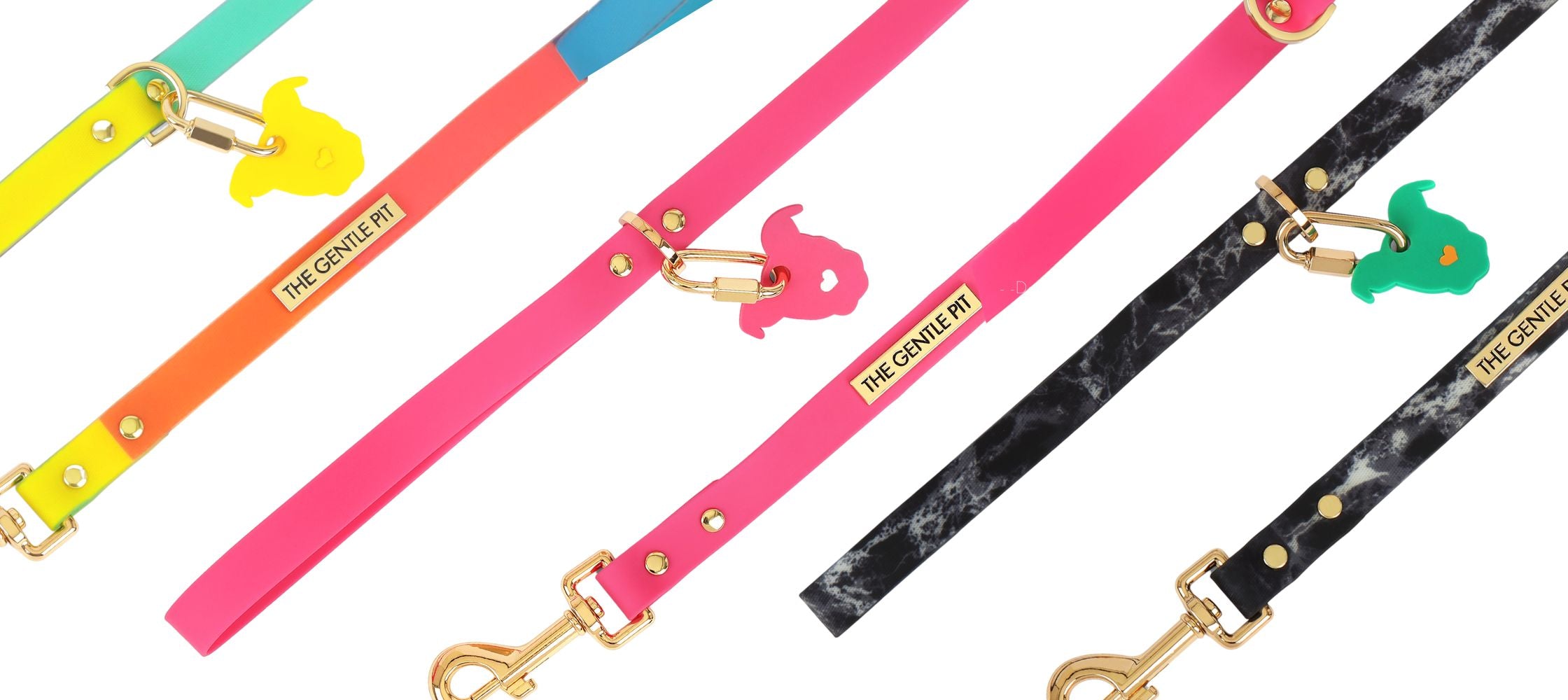
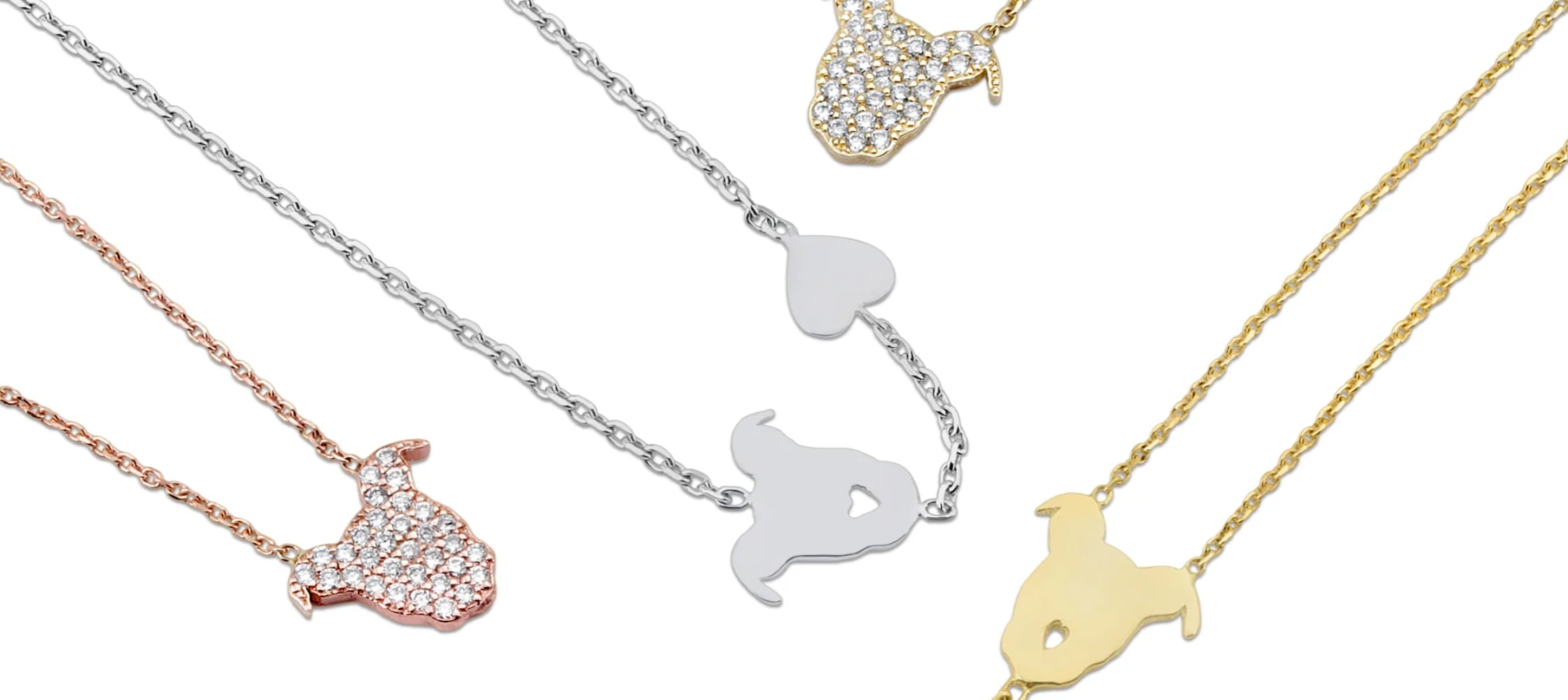




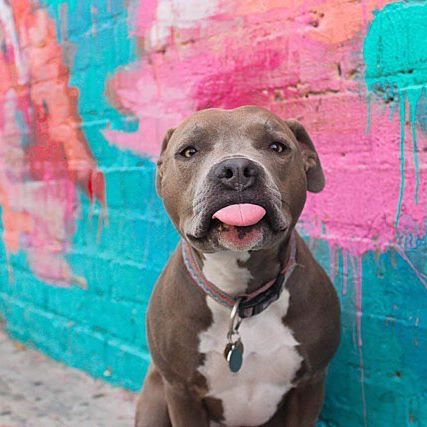
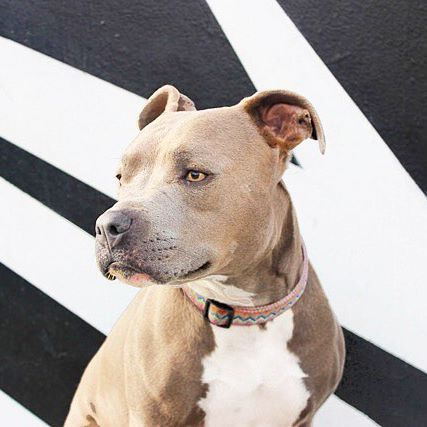
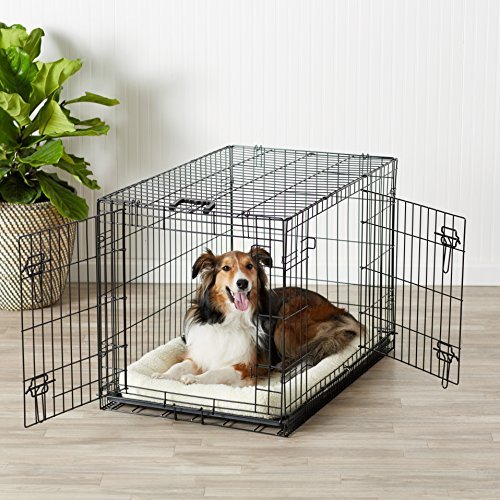
Leave a comment